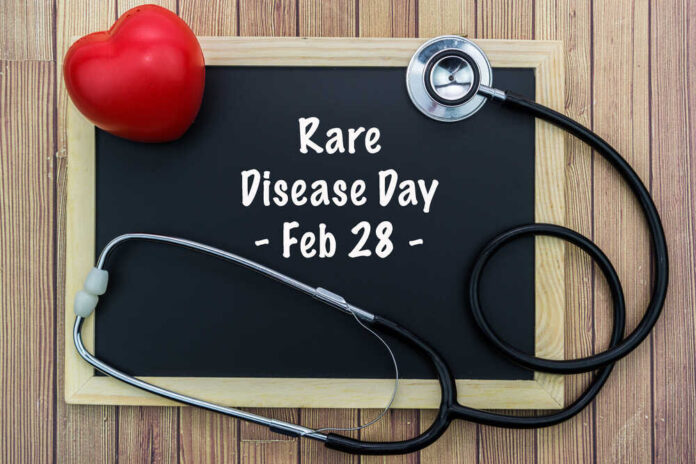
February 29th is a rare day. It only occurs once every four years.
In 2008, the European Organisation for Rare Diseases declared and celebrated Rare Disease Day for the first time.
On years that aren’t a leap year, it is designated as the last day of February (the 28th).
Rare Disease Day is an annual observance that aims to raise awareness of rare diseases and their impact on individuals and families around the world.
Rare Disease Day provides a platform for individuals, patient organizations, healthcare professionals, researchers, and policymakers to come together and advocate for rare diseases.
What is a Rare Disease?
A rare disease is a health condition that affects a small number of people compared to the general population. In the United States, a disease is defined as rare if it affects fewer than 200,000 people.
There are over 7,000 rare diseases. Rare diseases can manifest in many different ways, and they are often chronic, progressive, debilitating, and life-threatening.
Why is Rare Disease Day Important?
Each rare disease only affects a small number of people. But as a category, around 30 million people in the United States live with a rare disease—approximately 1 in 10 people.
Rare Disease Day aims to promote a better understanding of rare diseases among the general public, healthcare professionals, and policymakers. It also provides a platform for individuals and organizations to advocate for rare diseases and improve access to treatment, care, and support for those living with a rare disease.
The Impact of Rare Diseases
Most rare diseases are chronic, progressive, and debilitating, and they often result in a significant reduction in the quality of life.
Individuals with rare diseases often face significant challenges in accessing the appropriate diagnosis, treatment, and care. This is generally due to a lack of common awareness and understanding of rare diseases among healthcare professionals, policymakers, and the general public.
Advocacy for Rare Diseases
Rare Disease Day provides a platform for advocacy for rare diseases. Patient organizations, healthcare professionals, and individuals living with a rare disease use this opportunity to advocate for their needs and raise awareness of the impact of rare diseases.
Advocacy efforts aim to improve access to diagnosis, treatment, and care for individuals living with a rare disease. They also aim to promote research and development of treatments for rare diseases.
Collaboration in Rare Diseases
Rare Disease Day provides an opportunity for everyone to come together, collaborate, and share knowledge and resources to improve the lives of those affected by rare diseases. Collaboration can lead to improved diagnosis, treatment, and care for individuals with rare diseases, as well as increased research and development of new treatments.
Research and development of treatments for rare diseases is critical in improving the lives of individuals living with a rare disease. However, the development of treatments for rare diseases can be challenging due to the small number of individuals affected and the high cost of research and development. Advocacy and collaboration can help to promote research and development of treatments for rare diseases.
At the core of Rare Disease Day is the belief that everyone deserves access to quality healthcare and support, regardless of their condition. As we continue to raise awareness for rare diseases and work towards better treatment and care, it is important to remember that everyone has a role to play.
Whether it is advocating for policy change, supporting research initiatives, making a donation, or simply spreading the word about Rare Disease Day or sharing your story, each of us can make a difference in the lives of those affected by rare diseases.






















